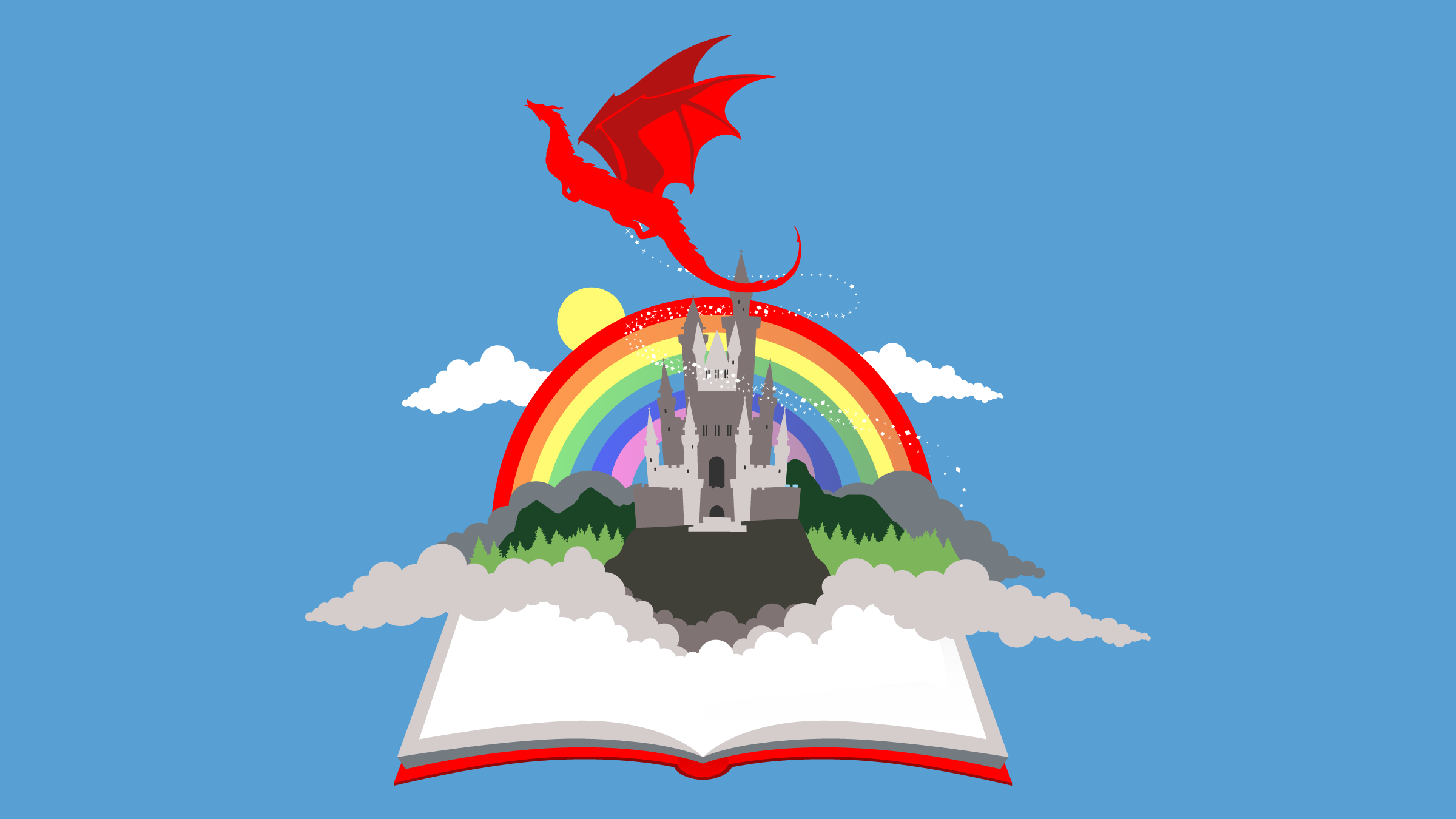Authors often create whole new worlds in fantasy, which can be daunting for editors new to the genre. But the scope and creativity are also why fantasy novels are so much fun to work on. Here are six areas to consider as you dive into editing fantasy fiction.
1. Be familiar with the genre and subgenre
Fantasy, like any other genre, has its tropes and conventions. These are helpful to know, so you can help authors embrace or subvert them. Fantasy also has a wide variety of subgenres (epic, historical, romantasy, etc.), each with their own traditions. The best way to learn and understand these is to read, read, read! Being familiar with classics is great, but also read fantasy from the last five years to understand what is being published now; this will help you set up your author for success in the current market.
2. Look for inconsistencies
Fantasy stories have their own set of rules that should be consistent throughout the story. For example, if elves are stated to have purple eyes on page 6, but along comes a green-eyed elf on page 109, that should be noted (maybe it’s intentional — but if the logic is unclear and it seems inconsistent, flag it!). Rules often change as authors make revisions, and you can help by finding those pesky remnants of previous drafts.
3. Make a glossary and/or style sheet
Speaking of new rules, you might find it helpful to write them all down. The author might already have a glossary (ask them!) or you can create your own from scratch. Some topics you may want to keep track of include: places, settings, creatures, races, magic rules, political structures, names (including titles, pronouns, and proper nouns), made-up terms, invented languages, species, history, religion, food, sports and fashion.
3. Encourage organic info-dumps
Authors often have a tricky time knowing how much information to give about their world and its rules. Most commonly, they give more info than the readers need, so note where they can cut. As a general rule, only give information when the narrator would naturally be thinking about that topic. For example, if a mage lights a candle with fire magic every day, they probably won’t be thinking about the core concepts of how the magic works, similar to how we don’t think about the inner workings of our toaster when we pop bread in. If the magic or the toaster were to break, however, we might think about it then.
5. Ensure the fantasy elements are integral to the story.
If the story could be dropped into a contemporary setting and remain exactly the same, the author may not be using the genre to its full advantage. If elves, dwarves and goblins could be swapped out for humans and nothing about them would change beyond their appearance, the author may not be using their imagination to its fullest. The story’s societies, geography, races, magic, characters and other fantasy elements should all come together so it could simply not be any other genre.
6. Check for unintentional stereotypes
Sometimes, authors will create racist, sexist, ableist, or otherwise prejudiced societies without realizing it by unintentionally mirroring the society they grew up in. But just because misogyny is rampant in our world doesn’t mean women HAVE to experience it in a made-up one (or that the society needs to use binary genders at all). Prejudice might be something the author is intentionally addressing in their fantasy world, or they just didn’t think about it.
Final Thoughts
Fantasy needs engaging plots, characters, arcs, conflict and tension, just like any other genre. Your goal as editor is to remove barriers so readers easily understand and invest in the imaginary setting. Your revisions can help bring these worlds to life!
___
The Editors’ Weekly is the official blog of Editors Canada. Contact us.
Discover more from The Editors' Weekly
Subscribe to get the latest posts sent to your email.
